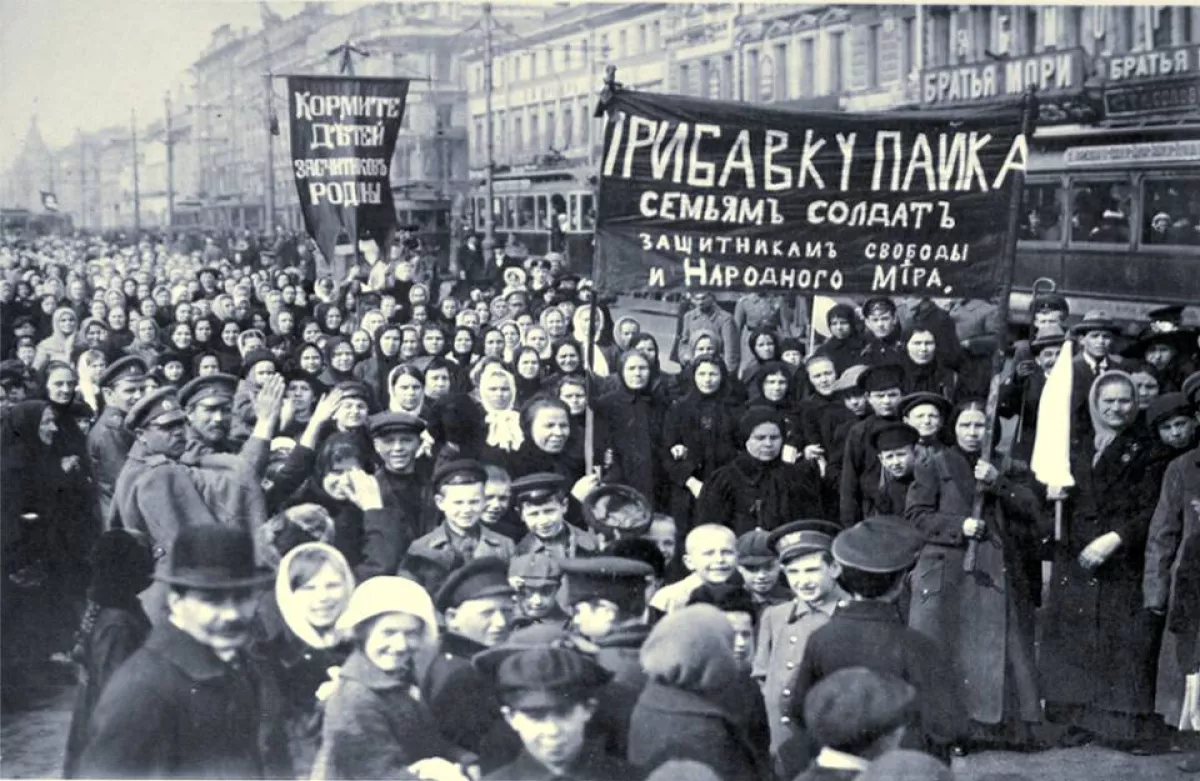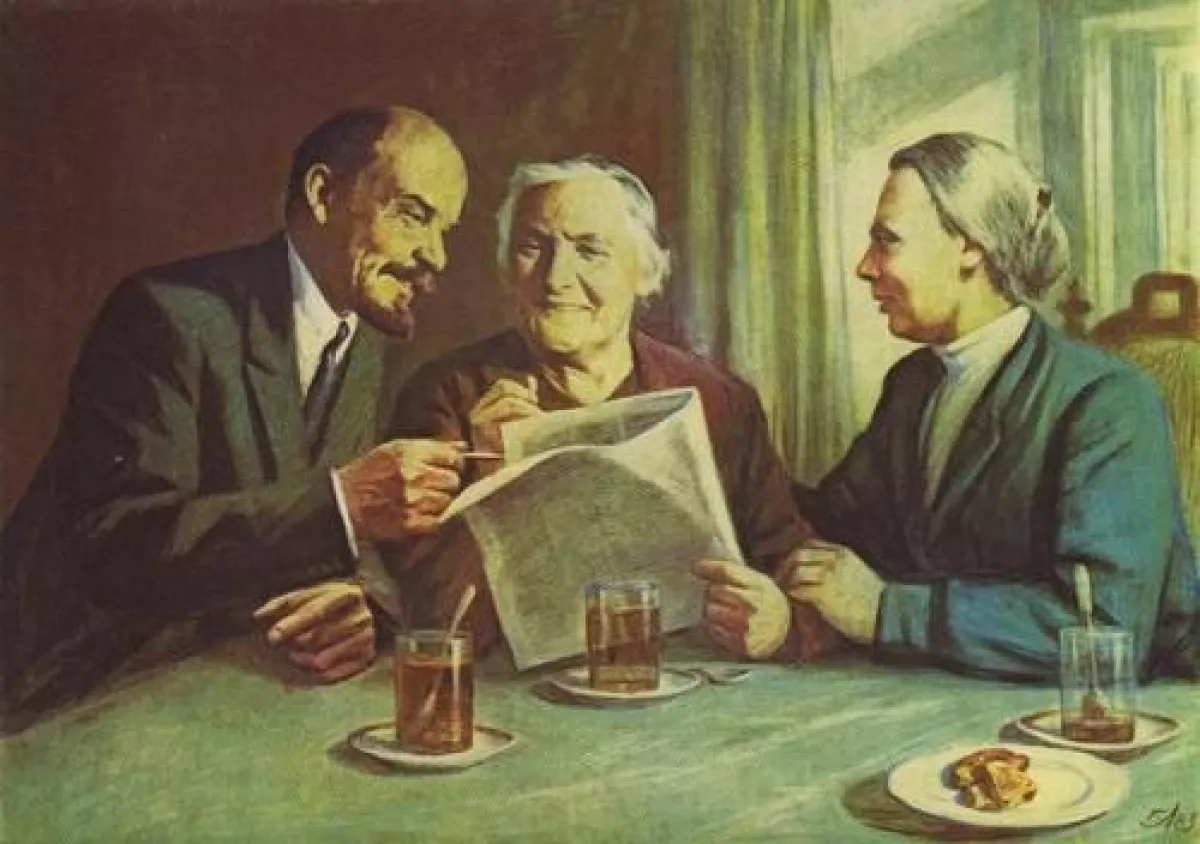Little-known connection between Women’s Day, Vladimir Lenin
March 8 is a day when the world takes a moment to honor nearly half of its population—women—by celebrating International Women’s Day. From Kyrgyzstan to Kenya, nations will reflect on the progress women have made and recognize the challenges that still lie ahead.
However, few people realize that International Women’s Day has deep ties to Russia, dating back to the pivotal events of 1917 during the Russian Revolution. This connection has been highlighted in an article by the First Post publication, which sheds light on it’s roots in a mass protest following the First World War that would ultimately change the course of history.
The origins of International Women’s Day can be traced back to German activist Clara Zetkin, who led the ‘Women’s Office’ of Germany’s Social Democratic Party. She proposed the idea of an annual day dedicated to women’s rights, with a primary focus on securing women’s suffrage. Her proposal, made at the second international conference of socialist women in Copenhagen in 1910, led to the first International Women’s Day being celebrated on March 19, 1911, in Austria, Denmark, Germany, and Switzerland.
The Russian link to International Women’s Day
Despite its European origins, it was Russia that cemented March 8 as the official date for International Women’s Day, thanks to the ‘Bread and Peace’ protest in Petrograd (modern-day Saint Petersburg) in 1917.
On February 23 in the old Russian calendar—corresponding to March 8 in today’s Gregorian calendar—thousands of women marched along Nevsky Prospekt, Petrograd’s main street, demanding food and an end to World War I. Carrying banners that read “Feed the children of the defenders of the motherland,” the demonstrators expressed frustration over wartime hardships and food shortages.

The situation escalated when female factory workers, who had already endured long lines for bread, learned that rationing was imminent. Their outrage led to mass demonstrations, with women demanding both sustenance and peace.
By the end of the first day, over 100,000 workers had joined the protest, raising banners that read “Bread” and “Down with the Czar.” The following day, the number of demonstrators grew to 150,000. In response, authorities deployed Russian police forces, leading to violent clashes. However, as the unrest spread, even soldiers of the Russian army refused to suppress the protests and instead joined the demonstrators.
Within a week, the uprising led to the abdication of Tsar Nicholas II, effectively ending the Romanov dynasty and paving the way for the socialist revolution that would later establish the Soviet Union in 1922.
Historian Rochelle Ruthchild of Harvard’s Davis Center for Russian and Eurasian Studies describes this as the most significant International Women’s Day protest in history, noting that it played a key role in the fall of the Russian monarchy.
The global recognition of Women’s Day
In 1922, Soviet leader Vladimir Lenin declared March 8 as Women’s Day to commemorate the role of women in the 1917 revolution. He even met with Clara Zetkin in 1920 to discuss matters and worries relating to women (their meeting portrayed in the below painting.) It soon became an official holiday in the Soviet Union and was later adopted by Communist movements in Spain and China.

It wasn’t until 1975 that the United Nations officially recognized March 8 as International Women’s Day. By 2014, the day was observed in over 100 countries and had been declared a public holiday in more than 25 nations.
Today, International Women’s Day is celebrated with marches, concerts, exhibitions, and debates. In many post-Soviet and Eastern European countries, it is also a day for gift-giving, particularly flowers. Reports indicate that flower sales in these regions typically double in the lead-up to March 8, reinforcing the cultural significance of the day.
By Nazrin Sadigova








